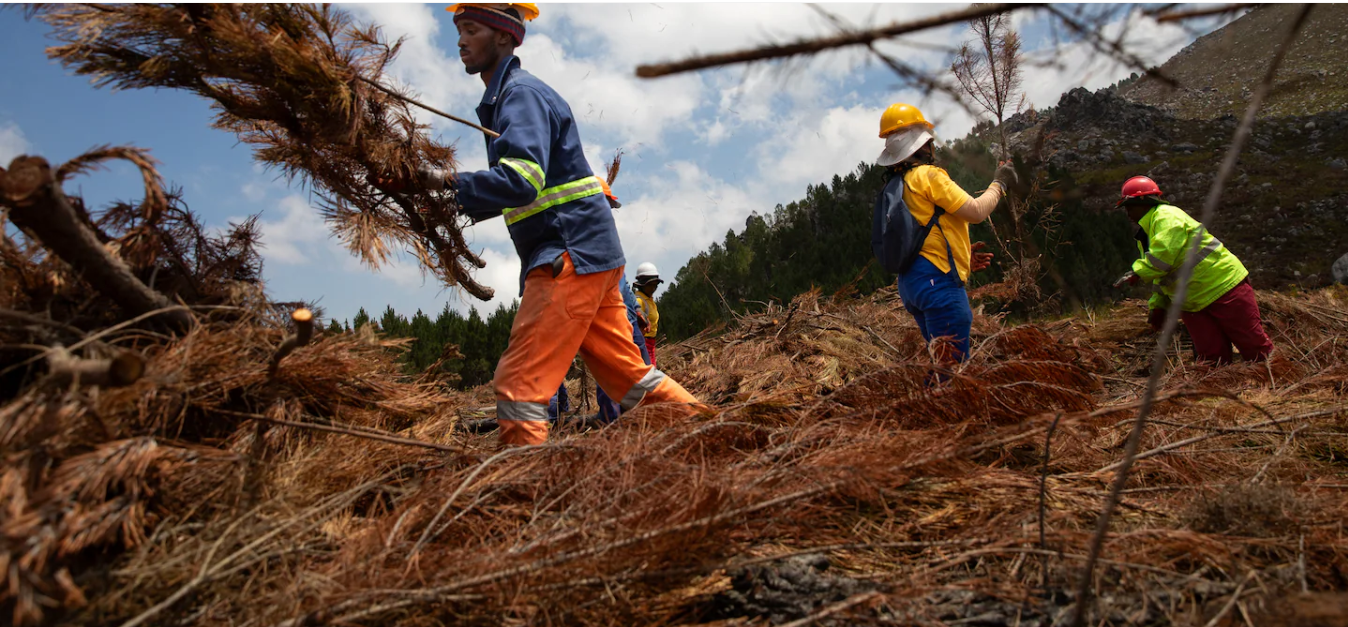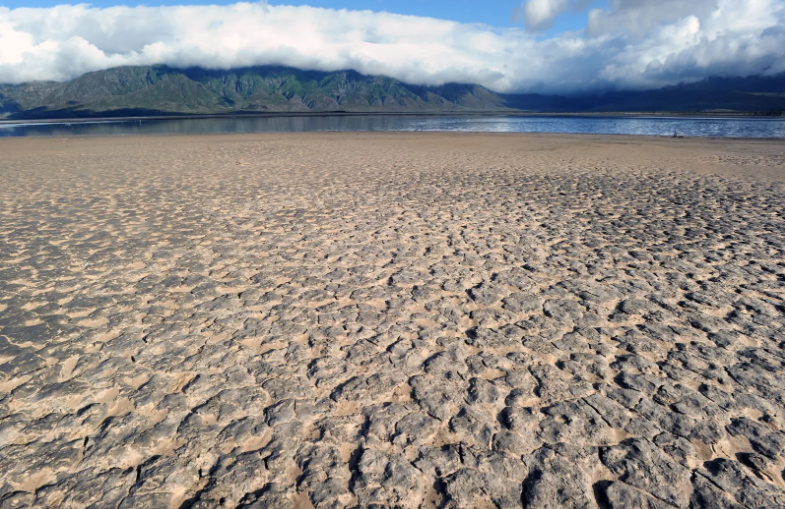Cape Town, South Africa, has faced severe water crises in recent years, with the looming threat of Day Zero—the day when the city’s taps could run dry—being a stark reminder of the region’s vulnerability. As part of ongoing efforts to manage water scarcity, authorities have taken the drastic step of axing non-native trees in certain areas. This counterintuitive measure is aimed at conserving the region’s limited water resources by reducing the amount of water consumed by invasive plant species.
The Impact of Non-Native Trees on Water Resources
Non-native tree species, such as pine and eucalyptus, have been a major concern for water management in Cape Town. These trees were introduced for commercial forestry and landscaping purposes, but their water consumption is alarmingly high. Research shows that invasive tree species use significantly more water than native plants, often drying up rivers, wetlands, and groundwater resources.
The Department of Environmental Affairs has identified tree removal as one of the most effective ways to free up water resources. By cutting down these water-hungry trees, experts estimate that Cape Town could save billions of liters of water annually—an amount critical to avoiding Day Zero in the future.

A Desperate Measure to Prevent Day Zero
The removal of non-native trees is part of a larger initiative known as the “Working for Water” program. This government initiative, launched in 1995, focuses on removing invasive species that negatively impact South Africa’s water resources. While the idea of axing trees to save water may seem paradoxical, the science behind it is clear: non-native trees take up 40% more water than native vegetation.
In Cape Town’s case, these tree removal efforts are essential to bolstering the region’s water supply, which is fed primarily by rainwater and managed through a network of dams. Severe droughts in 2018 brought the city to the brink of Day Zero, forcing water restrictions and increasing the urgency of sustainable water management practices.












Kevin Antony
Lorem ipsum dolor sit amet, consectetuer adipiscing elit. Phasellus hendrerit. Pellentesque aliquet nibh nec urna. In nisi neque, aliquet vel, dapibus id, mattis vel, nisi. Sed pretium, ligula sollicitudin laoreet viverra, tortor libero sodales leo, eget blandit nunc tortor eu nibh. Nullam mollis. Ut justo.
Liza Rose
In enim justo, rhoncus ut, imperdiet a, venenatis vitae, justo. Nullam dictum felis eu pede mollis pretium.
Liza Rose
Donec quam felis, ultricies nec, pellentesque eu, pretium quis, sem. Nulla consequat massa quis enim. Donec pede justo, fringilla vel, aliquet nec, vulputate eget, arcu. In enim justo, rhoncus ut, imperdiet a, venenatis vitae, justo. Nullam dictum felis eu pede mollis pretium.